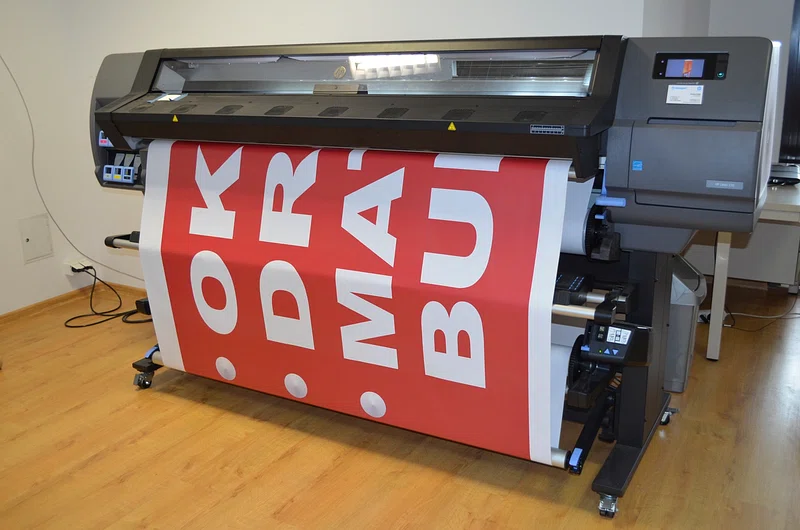Choosing the right provider is essential in the print on demand industry.
Choosing the right provider is essential in the print on demand industry.
Blog Article
Understanding How Digital Printing Reinvents the Printing Sector
The printing industry, long soaked in traditional approaches, is undergoing an extreme improvement with the advent of digital printing. This ingenious technology, which shuns the demand for printing plates, allows quick production and customization, improving the landscape of print interaction. With its potential to stimulate engagement with individualized web content and to supply sustainable remedies, it's clear that electronic printing is even more than a technical advancement; it's a pivotal video game changer. However how precisely does it reinvent the market? Allow's explore.
The Development of Digital Printing: A Brief Overview
Given that its beginning, digital printing has undergone significant transformations, continuously revolutionizing the printing sector. Its evolution started with the growth of xerography in the mid-20th century, a procedure which prepared for laser printers. With the development of the 90s, electronic printing innovation started to grow, and the sector experienced the introduction of straight imaging presses, which got rid of the demand for publishing plates. As the brand-new millennium unfolded, advancements in innovation additionally spurred the growth of digital printing, bring about the production of high-speed inkjet printers. These devices provided exceptional quality and rate, forever altering the landscape of the sector. Today, electronic printing stands as a testimony to human advancement, consistently evolving to meet the ever-changing requirements of the contemporary world.

Unboxing the Innovation Behind Digital Printing
Exploring the ins and outs of electronic printing innovation, one encounters an abundant tapestry of innovative machinery and complicated formulas. At the heart of this process exists a digital picture, which is processed by software that separates it right into a grid of dots. These dots are then exchanged a digital code. This code is translated by the printer, which uses it to precisely deposit beads of ink onto the substratum. The beads are so tiny and specific that they create a photo that is practically identical from the initial. This elaborate system, reinforced by innovative software program and high-resolution imaging, has actually transformed the landscape of the printing industry, leading the way for unmatched degrees of information and precision.

The Benefits of Digital Printing for Organizations
Recognizing the technology behind digital printing supplies a clear photo of its accuracy and information. Digital printing is environmentally friendly, using less ink and generating much less waste. The full potential of electronic printing is understood when made use of for personalization and personalization, a topic that will be covered in deepness in the following area.
The Role of Digital Printing in Modification and Personalization
While conventional printing techniques fight with modification and personalization, digital printing masters these locations. It enables the simple change of styles, without the need for pricey and taxing plate adjustments (print on demand). This makes it possible for services to customize items to individual customers, meeting certain demands and boosting customer fulfillment
Digital printing also permits variable data printing, where aspects such go to the website as message, graphics, and pictures may be changed from one published item to the following, without decreasing the printing process. This is particularly helpful for straight marketing projects, where personalized messaging can significantly improve action rates. This way, electronic printing not only revolutionizes the printing market yet likewise transforms the means services connect with their customers.
Evaluating the Ecological Impact of Digital Printing
Although electronic printing has been lauded for its role in modification and customization, it is critical to examine its ecological useful source impact. Digital printing can be less wasteful than traditional methods, because it operates a 'print as needed' basis, removing the requirement for large print runs that can cause excess and waste. Additionally, it uses fewer chemicals and produces much less volatile organic substances (VOCs) compared to counter printing. The power use of electronic printers can be high, leading to boosted carbon footprint. The usage of non-recyclable printing elements and the obstacle of e-waste management posture considerable environmental worries. For that reason, while electronic printing has lots of benefits, its ecological effect should be diligently managed.
Conclusion
In conclusion, digital This Site printing has actually transformed the printing market, using rapid, economical, and high-quality options - print on demand. Recognizing these adjustments is essential for companies to take advantage of the benefits of digital printing successfully.
Report this page